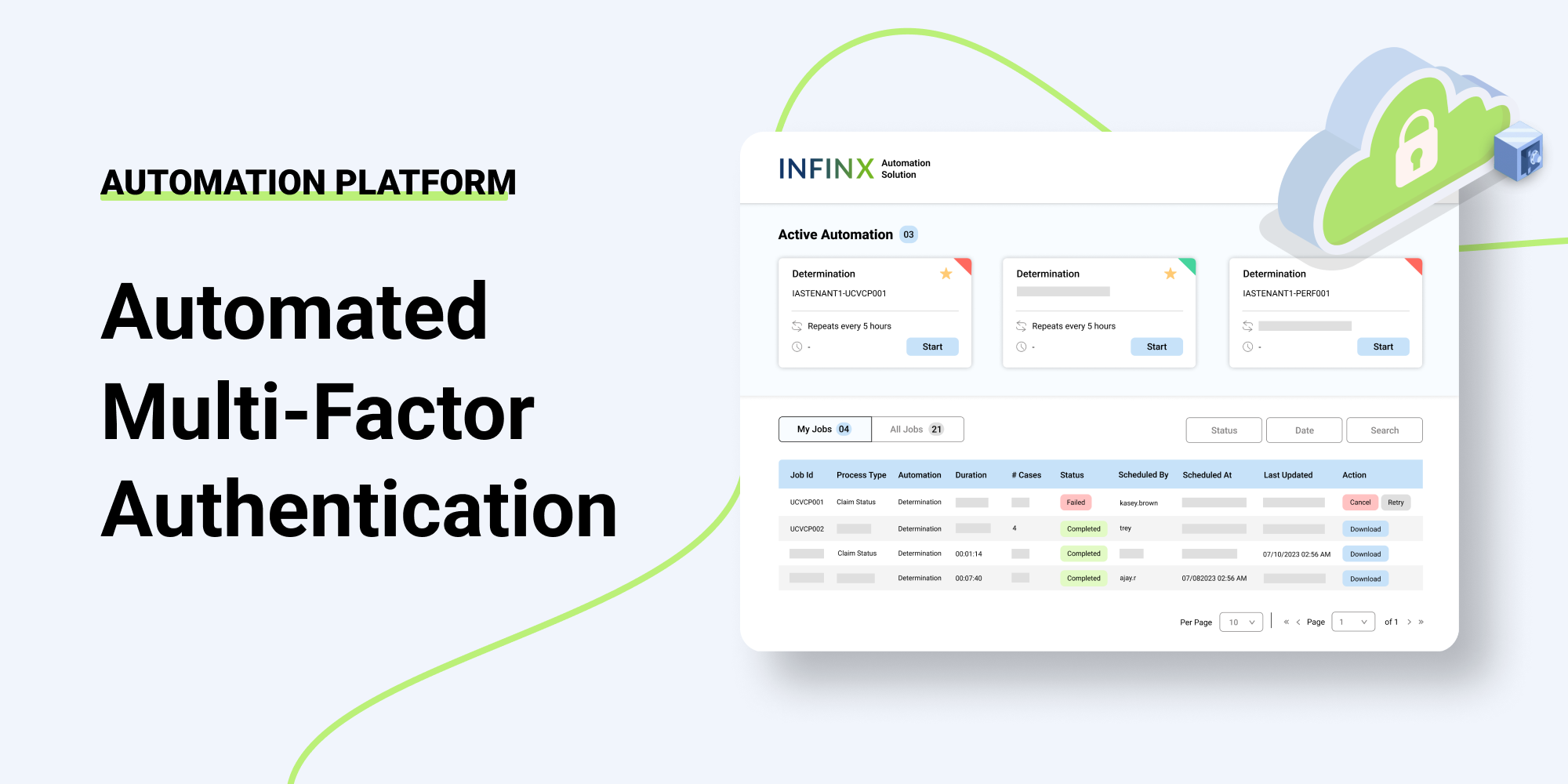An aging population along with recent advances in implants and surgical techniques have helped shoulder surgery become the fastest-growing joint replacement surgery in the country. Forecasters believe that by 2025, shoulder arthroplasty volume will more than double 2020’s U.S. figure of 154,000 to reach 350,558 procedures.
Still, this potentially lucrative procedure gets diminished by the inordinately high payer denials rate that plagues orthopedic providers.
MedScape’s 2020 “Physician Compensation Report” reveals that 18% of orthopedic surgeons’ claims are denied. That’s almost twice the rate of the average hospital’s denial rate which hovers around 10%. Compare it also to the American Academy of Family Physician Foundation’s reported average denial rate of between 5% and 10%.
Because an 18% rate of high-cost service claims denials leads to significant revenue loss, it’s important to understand the challenges behind this leakage.
Most orthopedic surgeons and staff agree that frequently changing CPT codes baffle them. Not all specialists are up-to-date on the new shoulder arthroscopic CPT codes. Currently, the AAOS CPT Committee is working on clarifying CPT codes, but progress is slow.
Here, we review the most common pitfalls surgeons and staff face when coding shoulder surgeries. Awareness of specific codes can reduce your denials rates and create more reliable cash flow.
Inaccurate Use Of Modifier 59
Modifiers are added to CPT codes to include more detail and specify certain services. Modifier 59 — used to indicate that two or more procedures were performed at the same visit —is one of the most commonly misused modifiers.
Modifier 59 should only be used when the procedure is considered separate and performed in a separate compartment or contained anatomical area. Too often, it’s used to stop a service from being bundled with another service on the same claim. It should not be used to prevent bundling or to bypass the insurance carrier’s edit system. Modifier 59 should also only be used if there is no other, more appropriate modifier to indicate how the two procedure codes relate. If there is another modifier that more accurately describes the services being billed, use that.
For example:
- 95900 and 95903 – Should a patient undergo a nerve conduction study on separate nerves, then the 59 modifier should be used to specify the two nerves. If the codes were performed on the same nerve, then the 59 modifier is not appropriate.
- 29805 and 29827– should a patient undergo an arthroscopic rotator cuff repair, then apply a 59 modifier on the 29805 (arthroscopy, shoulder, diagnostic, with or without synovial biopsy) when performed on the same site, modifier 59 is not appropriate.
Using an AI-driven revenue cycle management solution with National Correct Coding Initiative (NCCI) edits built-in helps eliminate modifier 59 coding errors that lead to payer denials.
Inaccurate Use Of Modifier 22
Modifier 22 has its own special way of giving coding staff headaches.
While it applies when the provider’s work is “substantially greater than typically required,” the lack of specific definition leaves the coder developing his or her own interpretation and hoping to avoid a denial.
The problem is CPTs are not subject to coder interpretation, and payers complain that modifier 22 is attached incorrectly too often to many procedures. Because payers consider them “red flags,” coders have to be very careful in using them.
To make the case that modifier 22 is appropriate, billers should include in the claim a clear paragraph summarizing their rationale for how the physician went beyond the procedure’s typical steps and framework. Describe the added complexity and refer to the details documented in the operative note. This extra step will improve the likelihood of full reimbursement.
Inappropriate Diagnostic CPT Code Separation
Sometimes billers incorrectly separate arthroscopy procedures in ways that fall outside of payer guidelines.
One common instance of this is when the physician performs both a diagnostic and surgical arthroscopy, and codes the two procedures separately. CMS and individual payers consider diagnostic arthroscopy a component of surgical arthroscopy. Submitting them separately can result in a denial.
For example:
- 29805 – Arthroscopy, shoulder, diagnostic with or without synovial biopsy (separate procedure) is only reportable when it is the only procedure performed. For example, if performed along with a RCR (rotator cuff repair) arthroscopically, the diagnostic portion is no longer billable.
- 29870 – Arthroscopy, diagnostic, with or without synovial biopsy (separate procedure), is only reportable when it is the only procedure performed.
Failure To Accurately Document Operative Assistants
Physician assistants or certified orthopedics physician assistants are not required to dictate their role in a separate report. Instead, it is the provider’s responsibility to document and add an attestation describing the “what and why” the assistant was needed. Too often, this step is forgotten.
Avoid errors when you report the accurate assistant modifier. Use modifier AS (physician assistant, nurse practitioner, or clinical nurse specialist services for assistant at surgery). Payers vary, but an AI-driven revenue cycle management solution will present the correct modifier according to each individual payer’s stipulations.
CPT Discrepancies Between The Operative Note And Medical Record
Medicare requires that the reported codes be supported by the medical record. Often, the codes documented in the operative note by the physician don’t match those in the medical record. If the claim is submitted with incongruencies and subsequently denied, appealing can be time-consuming. Further, having unmatched codes can become a compliance issue.
Common Coding Errors Occurring In Arthroscopic Shoulder Procedures
Common codes billed: 29805, 29806, 29807, 29819, 29821, 29822, 29823, 29824, 29825, 29827, 29828
Reporting all CPT codes for the services rendered is a common coding mistake in arthroscopic shoulder procedures. If multiple arthroscopic procedures are performed in the same anatomical site, not all procedure codes are separately reportable/payable. For instance, per CPT surgical guidelines, because extensive debridement is included in the procedure, it is inappropriate to submit to the payor.
The surgical approach is a key determiner of the appropriate code(s). Still, the surgical plan can change once the patient is on the table and anesthetized. For instance, it is common for a surgeon to start an arthroscopic approach and, with new information revealed during the procedure, decide to switch to an open approach. In these situations, you must code based on the completed approach.
Keep this one exception in mind, however. If the surgeon starts the procedure as a scheduled diagnostic approach, then unexpectedly switches to an open approach of a previously unknown condition, it’s appropriate to code both the procedure(s) code and the diagnostic code (29805) with modifier 59.
Superior Labrum Anterior-Posterior (SLAP) – coders must have a clear understanding of shoulder anatomy to code correctly. Selecting the appropriate code is based on the section repaired of the labrum. If majority of the repair work is done on the upper half of the labrum, report code 29807. If the repair was in the lower half of the labrum, report 29806 instead.
Shoulder Debridement (29823) – In most cases, shoulder arthroscopy procedures include extensive debridement even if the extensive debridement is performed in a different area of the same shoulder than the procedure. Billing specialists can get thrown off with three distinct exceptions to this rule.
In cases of extensive debridement performed in a different area of the same shoulder, CPT codes 29824 (arthroscopic claviculectomy including distal articular surface), 29827 (arthroscopic rotator cuff repair), and 29828 (biceps tenodesis) may be reported separately with CPT code 29823.
Common Coding Errors Occurring In Arthroscopic Rotator Cuff Repair
Common code billed: 29827
Code 29827 represents the repair of one, two, or three tendons. Coders can get confused when additional portals are involved in the procedure. Often, during repair, the surgeon makes an additional incision or portal site for the purpose of repairing the subscapularis tendon. Rest assured, this additional incision or portal site is not reported separately. The additional portal access for the repair of the subscapularis tendon is considered an inclusive component.
Ultimately, the number of portals made does not alter the use of code 29827. When another portal is required to perform the subscapularis tendon repair, it is considered an inclusive component of the procedure.
Accurate Arthroscopic Shoulder Surgery Coding Wins Orthopedists Higher Revenues
Shoulder surgeries account for a hefty portion of orthopedic surgery practice and department revenues. Orthopedic physicians and departments should not have to lose 18% of these revenues to denials.
As you gear up to meet the soaring demand for arthroscopic shoulder surgery in the coming years, you can depend on our AAPC- and AHIMA-certified professionals to code accurately. They provide temporary or permanent support, and you can even leverage their extensive expertise to guide your own team. Our clients enjoy an average 40% reduction in denial rates, mostly because we help them achieve 98% accurate coding.
Request a demo to see how our coding experts can ease your team’s coding burden.


